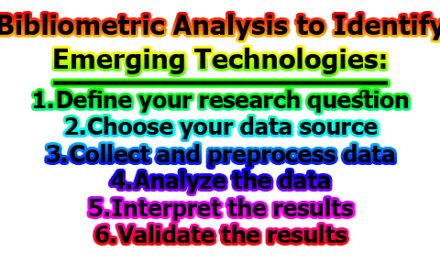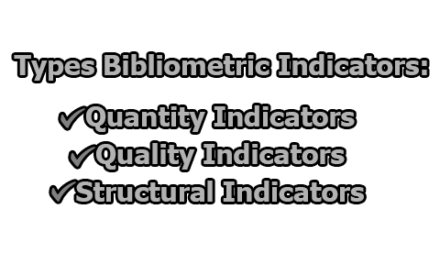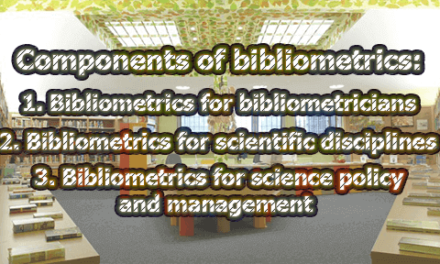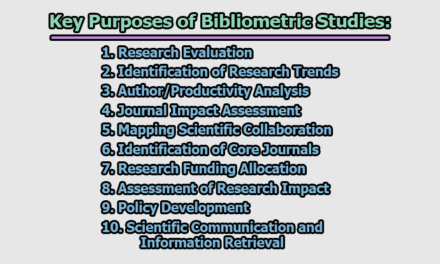Bibliographic Analysis and Strategic Management Research:
A bibliographic analysis is a research method that involves the systematic review and analysis of published literature in a particular field or topic. It is an essential tool for strategic management research as it allows researchers to identify trends, gaps, and potential areas for future research (Kolbe & Burnett, 1991). In the rest of this article, we are going to know about bibliographic analysis and strategic management research.
The first step in the bibliographic analysis is to define the research question or topic of interest. This will help to narrow down the search criteria and ensure that the relevant literature is identified. Once the search criteria have been defined, a systematic search of electronic databases, such as Google Scholar, Scopus, or Web of Science, can be conducted to identify relevant articles (Webster & Watson, 2002).
Once the articles have been identified, the next step is to evaluate the quality and relevance of each article. This can be done by examining the title, abstract, and keywords to determine whether the article is relevant to the research question. The full text of relevant articles should then be read and critically analyzed to determine the quality of the research and the strength of the evidence presented (Webster & Watson, 2002).
Bibliographic analysis can also be used to identify the most influential authors and publications in a particular field. This can be done by analyzing citation patterns and identifying the most frequently cited articles and authors (Kolbe & Burnett, 1991). By identifying the most influential authors and publications, researchers can gain insights into the key concepts and debates in the field and identify potential collaborators for future research (Davenport & Prusak, 1998).
Finally, bibliographic analysis can be used to identify gaps in the literature and potential areas for future research. By examining the research questions and methods used in previous studies, researchers can identify areas that have not been adequately addressed and potential avenues for further exploration (Webster & Watson, 2002). This can help to guide the development of research questions and hypotheses and ensure that future research is focused on addressing important gaps in the literature.
In conclusion, bibliographic analysis is a valuable tool for strategic management research as it allows researchers to identify trends, gaps, and potential areas for future research. By systematically reviewing and analyzing published literature, researchers can gain insights into the key concepts and debates in the field and identify potential collaborators and areas for future exploration.
References:
- Davenport, T. H., & Prusak, L. (1998). Working knowledge: How organizations manage what they know. Harvard Business Press.
- Kolbe, R. H., & Burnett, M. S. (1991). Content‐analysis research: An examination of applications with directives for improving research reliability and objectivity. Journal of consumer research, 18(2), 243-250.
- Webster, J., & Watson, R. T. (2002). Analyzing the past to prepare for the future: Writing a literature review. MIS Quarterly, 26(2), xiii-xxiii.

Former Student at Rajshahi University










